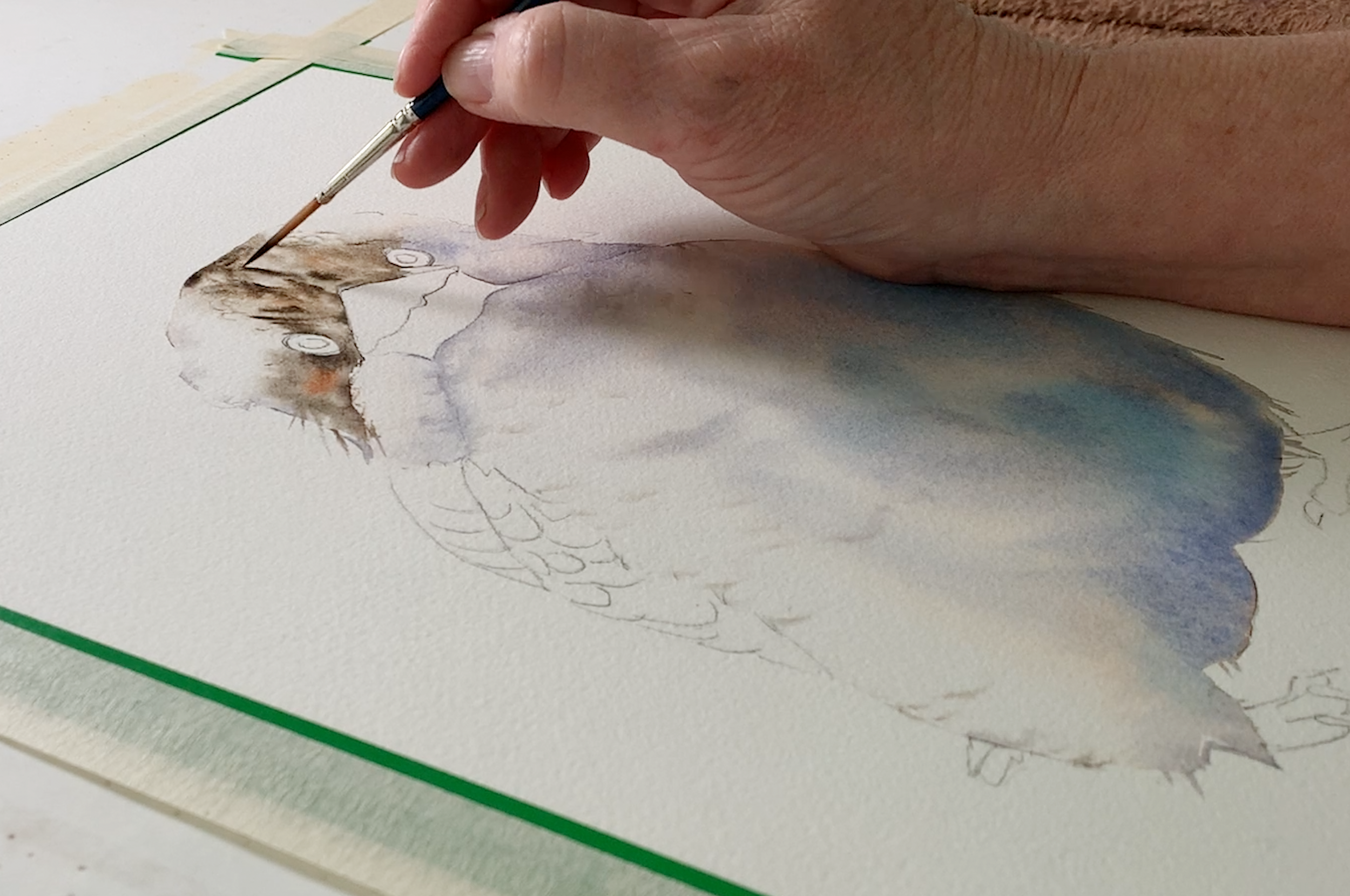If I had to choose just one brush to take with me to a deserted island (assuming there’s watercolour paper on this island, of course), it would be a round brush. These brushes are the workhorses of watercolour painting, and for good reason. With their tapered shape and pointed tip, they offer an incredible range of mark-making possibilities.
You can create everything from whisper-thin lines to broad, sweeping strokes - all with a single brush! The trick is to adjust the pressure: light pressure for fine details, and heavier pressure for broader strokes. Round brushes are fantastic for general painting, detailed work, and fluid line variation. If you’re just starting out, investing in a high-quality round brush with a fine point will serve you well for years to come. Trust me, this is one brush you don’t want to be without!
Read More
















